ARTEFACTS OF SPECIAL INTEREST IN THE MUSEUM –
Rasamanjari paintings
These paintings are from the 18th century, painted by masters from Nurpur in the Punjab Hills illustrating the different moods and reactions of love of the Nayaka and the Nayika as composed by Bhanudatta in his Rasamanjari, a 15th-century text of Indian aesthetics associated with the reeti-kavyaa classical stream of Hindi poetry. The Nayika was frequently depicted as one of eight categories (Ashtha nayika) as employed by writers and painters, where she would be depicted as waiting for her lover, dejected, angry, repentant, and setting forth in search of her lover etc. While painters delighted in sensitively recreating sections from the poem, royal connoisseurs took equal pleasure in being able to identify the Nayika in these artworks.
Basholi painting of the Devi
This unique painting of the Devi depicts the great goddess being worshipped by the trinity of supreme divinity in Hinduism, Brahma, Vishnu and Mahesh (Shiva). The goddess in her majesty is seated on a throne referencing her mount (the tiger). The holy triumvirate is seen here as supplicant figures and attendant gods. This underscores the importance of the worship of the Devi as the dominant tradition in the Punjab hill states till the eighteenth century. The higher traditions of the Devi cult were celebrated in the region and furthermore codified by the artistic practice of painters and the esoteric beliefs of devout practitioners
Also Read: Popping Up in a City Near You: The Participatory Approach of Pop Up Exhibitions
The Khamsa of Nizami
The Khamsa of Nizami is an illustrated and illuminated manuscript of the Khamsa (five poems) of Nizami Ganjavi a twelfth-century Persian Poet. Several versions exist across the world spanning centuries, patrons and painting styles while the poems are in Masnavi rhyming couplets. This Persian illustrated version from the seventeenth century was done by Yar Muhammad Yasavi in the Nastaliq script and has thirty-four illustrations. Royal seals and handwritten notations along the edges and endpapers allow us a rare glimpse of the manuscripts of previous owners. These include the ruler of Bijapur, Mohammad Adil Shah (r.1627-56) and the Mughal Emperor, Aurangzeb (1618-1707).
Bodhisattva Head Gandhara
The oldest sculpture in display at the museum is a Bodhisattva head made in schist stone from Gandhara region in the 3 rd/4th century CE. Gandhara art is the style of Buddhist visual art that developed in what is now northwestern Pakistan and eastern Afghanistan between the 1st century BCE and the 7th century CE. The style, of Greco-Roman origin, seems to have flourished largely during the Kushan dynasty and was contemporaneous with an important but dissimilar school of Kushan art at Mathura (Uttar Pradesh, India).
Cubist studies by Gaganendranath Tagore
Gaganendranath Tagore’s initial training was under the watercolourist Harinarayan Bandopadhyay. He subsequently studied Japanese brush techniques and was greatly influenced by far-eastern art. He was to eventually abandon revivalism of Bengal School and took to drawing, caricatures; his cartoons and satirical lithographs frequently appeared in books. In the early twenties of the last century, Gaganendranath Tagore was to delve into modernist paintings, particularly the language of Cubism. Works on display at the museum are examples drawn from his practice diaries held by the collection. His works are lyrical and expressive and reflect his upbringing as an elite member of the society of intellectuals, connoisseurs, artists, and aesthetics. His colour palette and art practice changed periodically; his cubist studies are mostly rendered on a greyscale on a black surface.
The Kasturbhai Lalbhai museum can be visited at 10 am, 12 pm, 2:30 pm and 4 pm on all days except Wednesdays and Public holidays. You can write to klmuseum16@gmail.com for more information.
~ENDS~
Would your museum like to be a part of this monthly initiative? Please send us images and a brief description of five objects from your collection that the public and our readers should know more about. Write to info@rereeti.org.







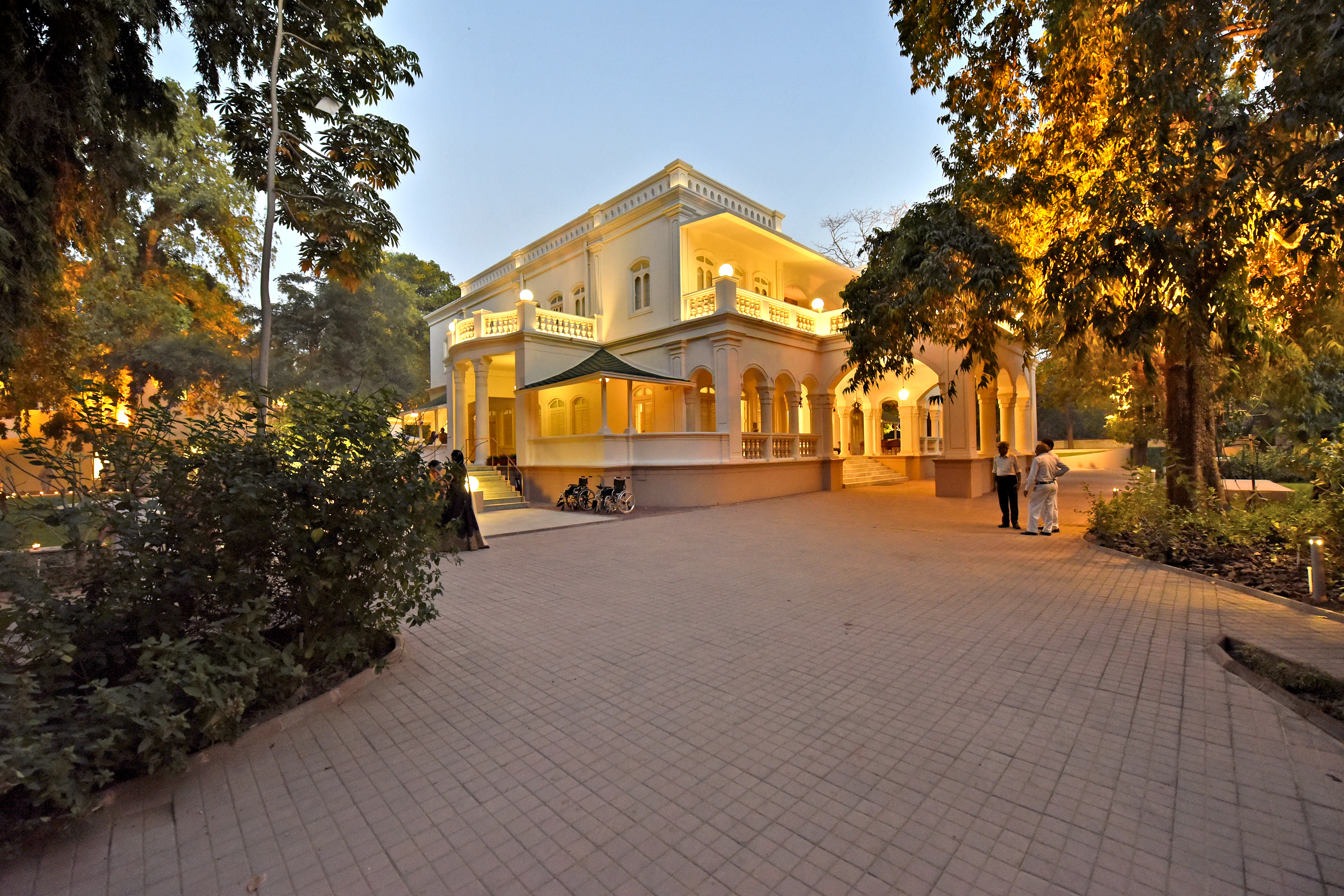
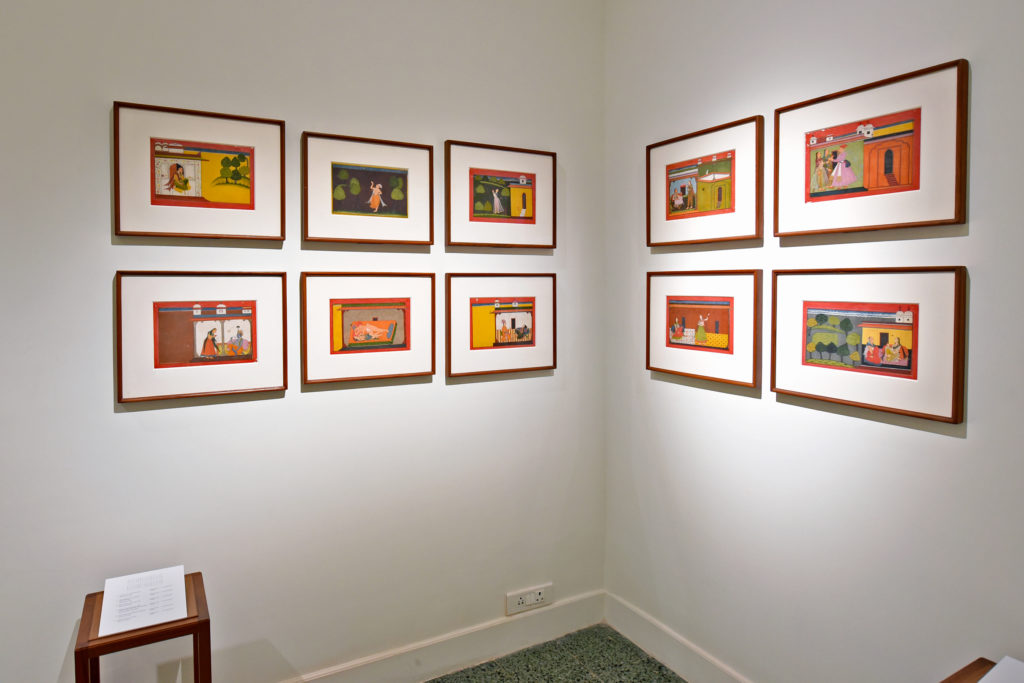
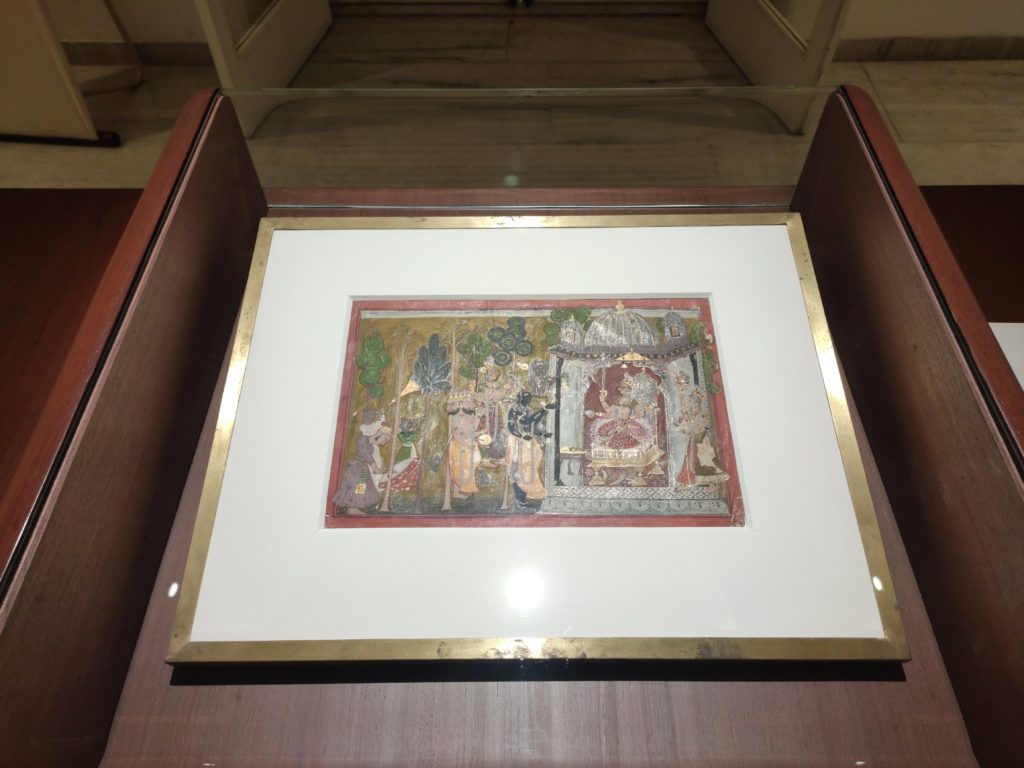
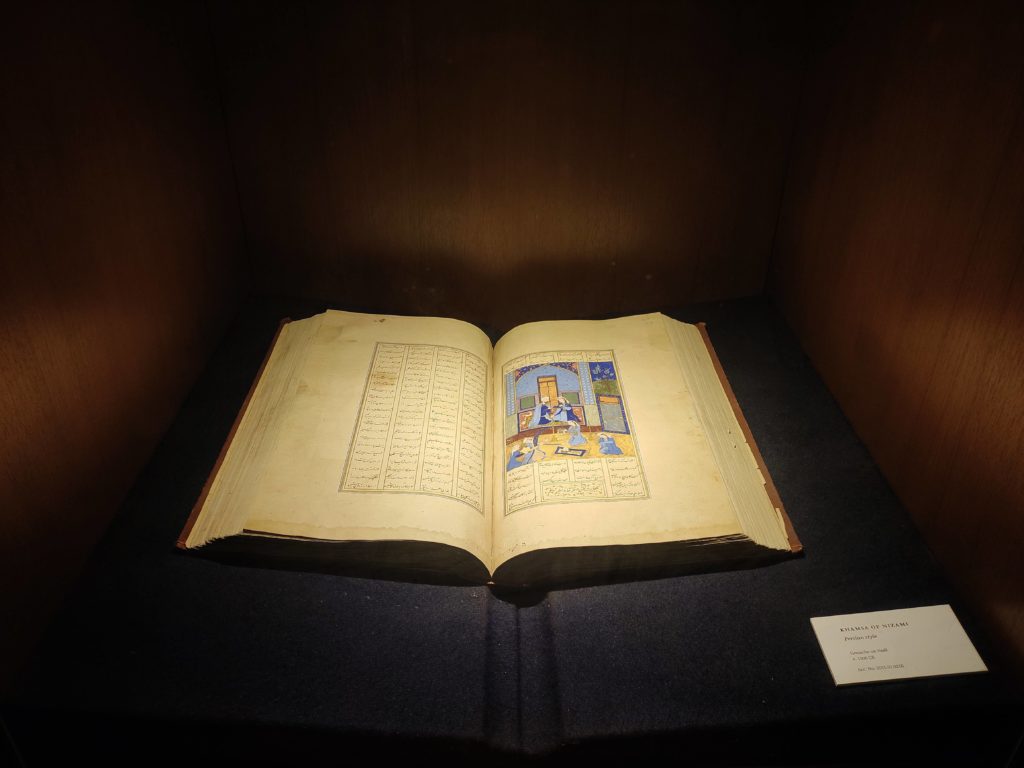
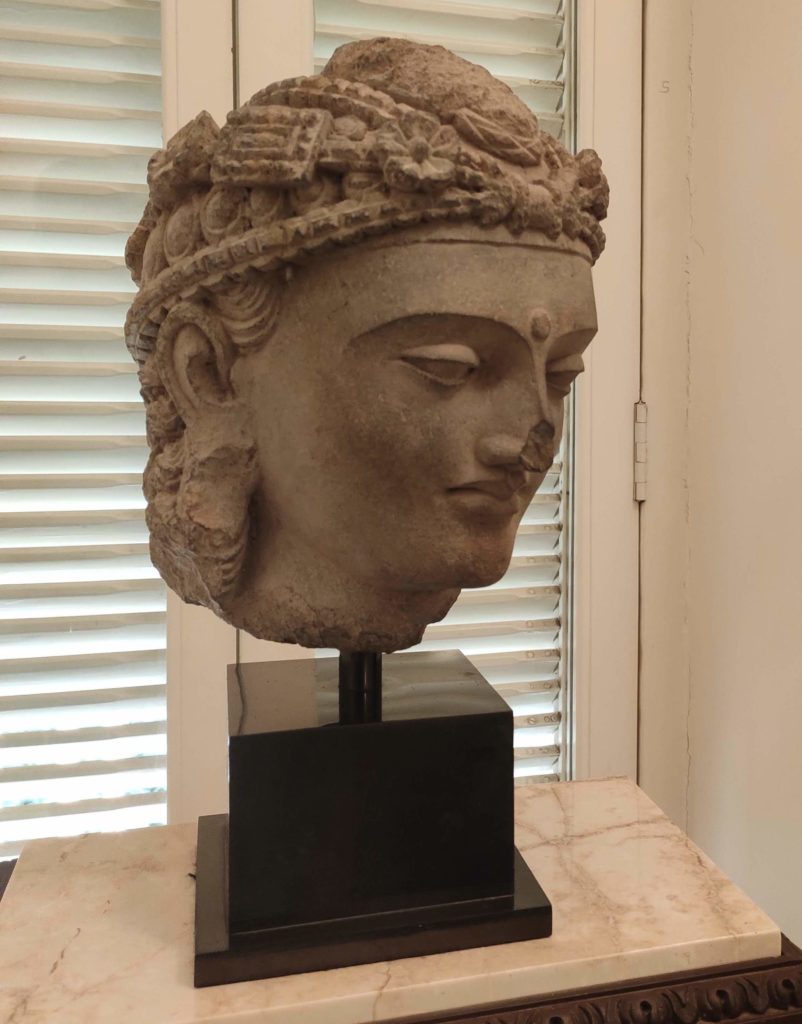
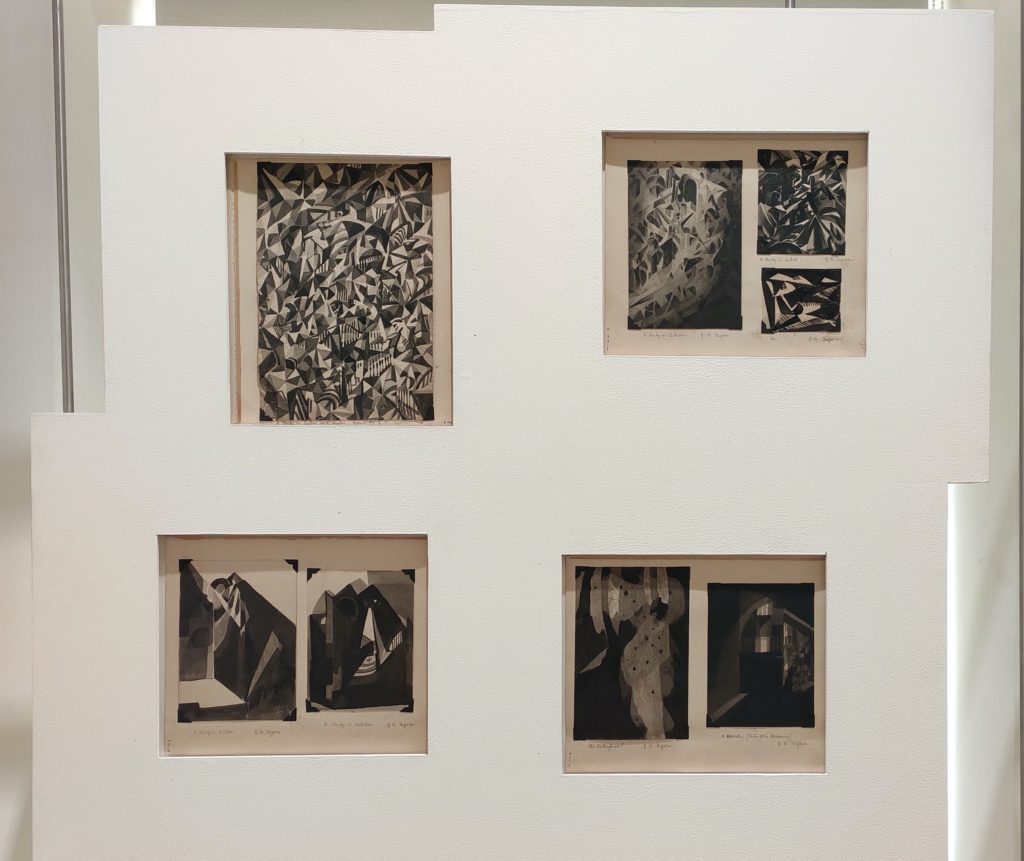
Recent Comments